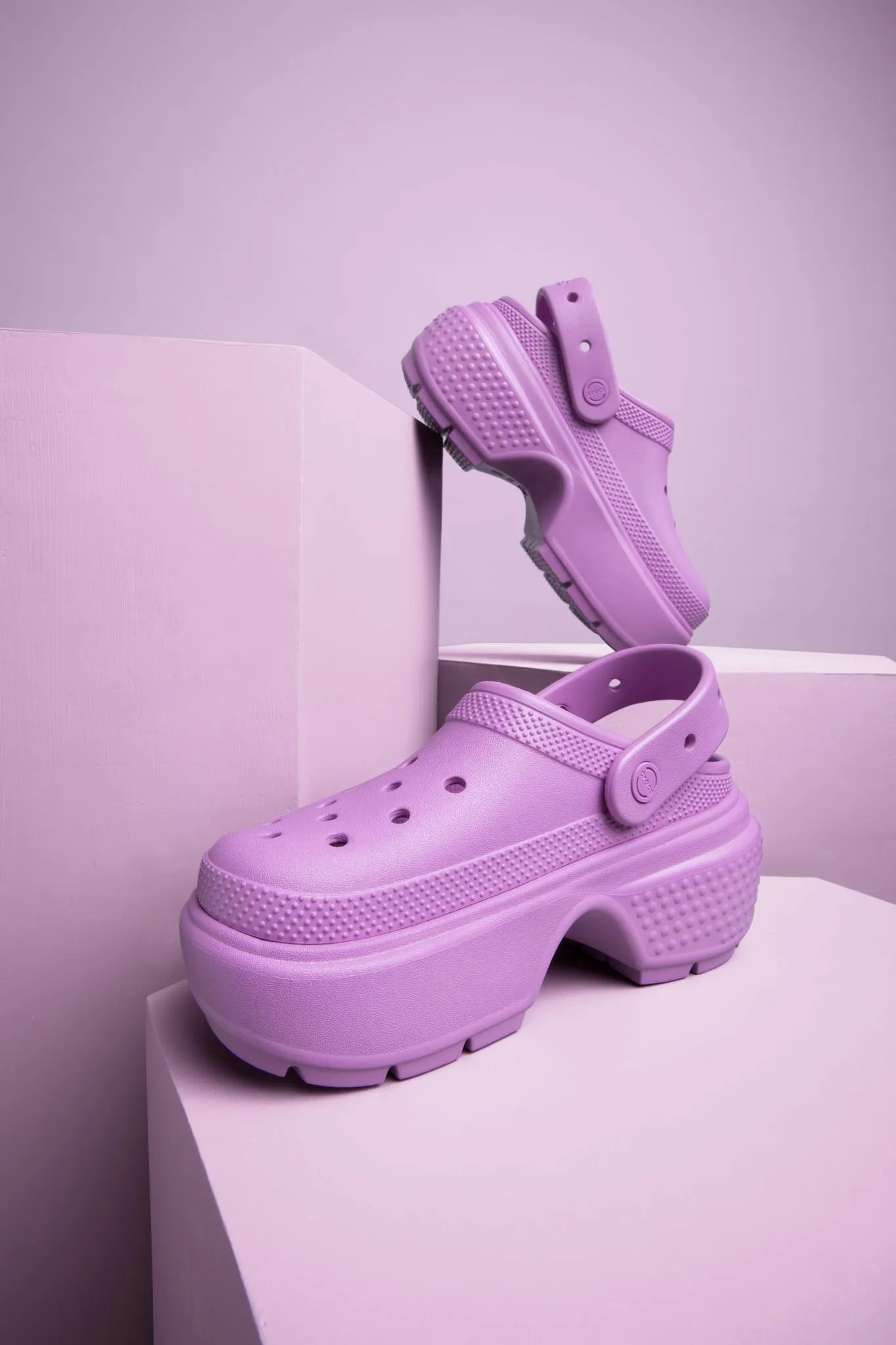awards season is upon us. like in the last few years: we’re seeing a renewed surge of conversation around the gender inequality problem in Hollywood.
here are the facts:
- women comprised 16% of directors working on the top 100 grossing films in 2020. In 2019: 12%. In 2018: 4%.
- women of color directed only 13 of the 1,300 top-grossing films released from 2007-2019.
- only 9.7% of rostered directors on the AdAge Production Company A-List are women. [Women in Hollywood
we know that on-screen representation matters. but off-screen representation is just as important. directors—and people in other creative roles—inform the media we consume.
throughout my career in production and advertising, I watched as the statistics stayed the same over the course of nearly two decades. I had never met a female director in commercial work—until I became one. after all: 91% of the advertising we see on a daily basis—YouTube / Instagram / Twitter ads / billboards / bus ads / TV ads / the list could go on forever—is created by men.
at soona: we decided to do something about it.
over the last year: we’ve renewed our focus on recruiting and training female talent to lead our creative teams and generate the content that our customers use on their social media.
in 2020: 50% of the people making content at soona were women.
achieving this number wasn’t difficult. it was just a matter of building community. by leaning on organizations like Women in Film and Television International (WIFTI) - we were able to gain access to international female talent.
we focused on outreach via platforms like Instagram or TikTok - gathering equal numbers of male and female audience members.
finally: we made efforts to hire based on talent (not just based on references and resumés - which are often the most leaned-upon in our industry at large).
ultimately: those of us in positions of power in the industry have a choice to make. when we see bleak statistics like the ones at the top of the page: we can become discouraged or we can become inspired. it’s true—our industry still has so far to go. but I have confidence in our ability to keep making the effort.
awards season is upon us. like in the last few years: we’re seeing a renewed surge of conversation around the gender inequality problem in Hollywood.
here are the facts:
- women comprised 16% of directors working on the top 100 grossing films in 2020. In 2019: 12%. In 2018: 4%.
- women of color directed only 13 of the 1,300 top-grossing films released from 2007-2019.
- only 9.7% of rostered directors on the AdAge Production Company A-List are women. [Women in Hollywood
we know that on-screen representation matters. but off-screen representation is just as important. directors—and people in other creative roles—inform the media we consume.
throughout my career in production and advertising, I watched as the statistics stayed the same over the course of nearly two decades. I had never met a female director in commercial work—until I became one. after all: 91% of the advertising we see on a daily basis—YouTube / Instagram / Twitter ads / billboards / bus ads / TV ads / the list could go on forever—is created by men.
at soona: we decided to do something about it.
over the last year: we’ve renewed our focus on recruiting and training female talent to lead our creative teams and generate the content that our customers use on their social media.
in 2020: 50% of the people making content at soona were women.
achieving this number wasn’t difficult. it was just a matter of building community. by leaning on organizations like Women in Film and Television International (WIFTI) - we were able to gain access to international female talent.
we focused on outreach via platforms like Instagram or TikTok - gathering equal numbers of male and female audience members.
finally: we made efforts to hire based on talent (not just based on references and resumés - which are often the most leaned-upon in our industry at large).
ultimately: those of us in positions of power in the industry have a choice to make. when we see bleak statistics like the ones at the top of the page: we can become discouraged or we can become inspired. it’s true—our industry still has so far to go. but I have confidence in our ability to keep making the effort.
























